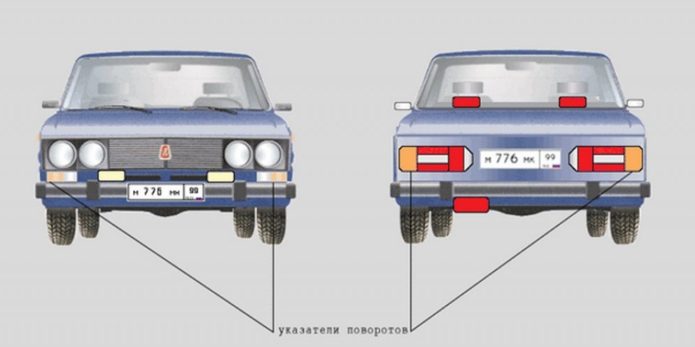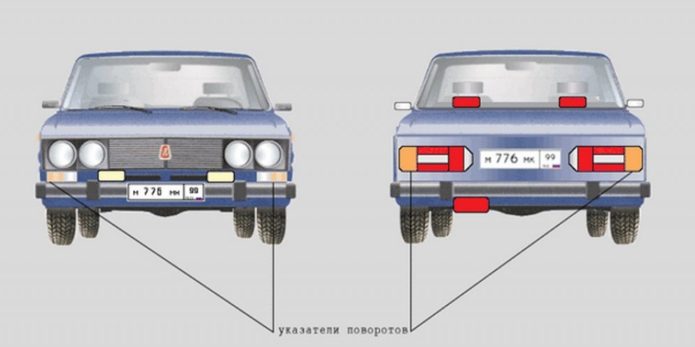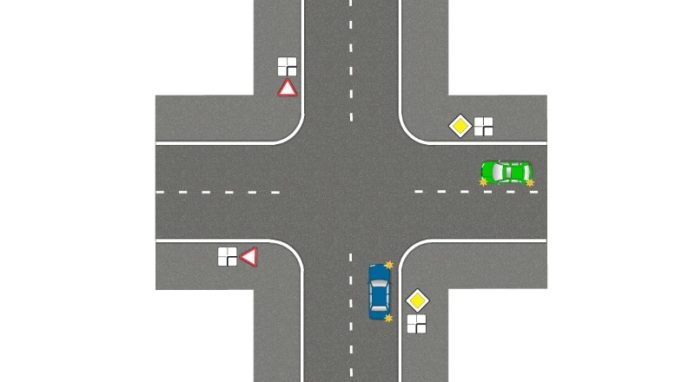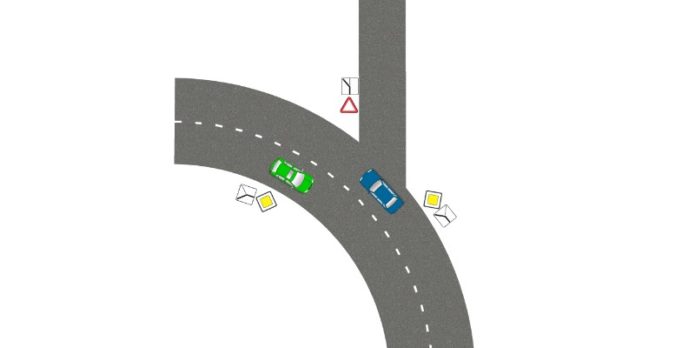
When you can not turn on the turn signal and you will not get anything for it
In itself, the movement of a serviceable car at a reasonable speed on a well-groomed roadbed does not pose a danger. But everything can change at once with the beginning of the maneuver of the vehicle, whether it is a turn, a U-turn or a lane change with overtaking. Any change in the vehicle’s movement vector at any moment must be associated with the configuration of the track and the position of other road users on it. Otherwise, everything can end with an event denoted by the sad abbreviation of an accident. To anticipate future changes in the position of each of the road users, which should be taken into account by the rest, and signals are light direction indicators, called turn signals for short. At the same time, their inclusion when it is not necessary is often no less dangerous than not turning them on contrary to the Rules of the Road.
When not to turn on the turn signal
In order to understand when the turn signal light can or should not be turned on, it should be clearly understood when it is simply impossible to do without turning on the turn signal. In Art. 8.1 SDA, the driver is required to give turn signals without fail when he starts moving, makes a turn or U-turn, changes lanes, or stops.

Any car is equipped with turn signal lights.
At the same time, in itself, the supply of a light signal about the upcoming turn is not an end in itself. The maneuver following the signal of the turn signal must in no case interfere with other road users and become a source of danger. In addition, this signal must be given in advance of the start of the maneuver, and not simultaneously with it, and turned off immediately after it is completed.
But in general, it always seemed to me that turning on the turn signals should be akin to a desire for a normal driver to wash their hands before eating. That is, to be realized at the subconscious level, without the question "why?". Although, probably, not everyone wash their hands either ...
Although the requirements indicated in the traffic rules are clearly expressed, nevertheless, in practice, even experienced drivers sometimes have doubts about the interpretation of turns to be indicated by turn signal signals. For example, if a main road makes a right-angle turn to the left or right, and a secondary road continues its former direction, then some drivers get the impression that continuing to follow the main road does not require a special light signal. However, if we consider that the term “main road” determines the priorities in traffic, but by no means its direction, then it becomes clear that it is imperative to turn on the turn signal when turning at a right angle.

If the main road turns at a right angle, the turn signal must be turned on
The same thing happens when you have to overcome a Y-shaped intersection, after which the track splits into two. Here the driver should definitely indicate his choice of one of these two routes with the appropriate signal.
But if the main road in front makes a gentle bend, and a secondary road adjoins it, then the driver can continue to move along the main road without any signals about a change in the direction of movement. In the event that he wants to turn to a secondary one, then one cannot do without turning on the turn signal.

When the main road curves smoothly, the turn signal should not be turned on.
The rules of the road, clearly indicating the cases when it is necessary to turn on the turn signals, also regulates the non-turn on of the turn signal light:
- if a change in the direction of the roadway occurs without crossing other roads;
- if the movement is carried out on the highway along a curvilinear trajectory, and the lane does not change.
What questions ? You are busy! Definitely, I was going to turn the steering wheel - turn on the turn signal !!!
Video: when and when not to turn on turn signals
Some drivers believe that if they do not turn on the turn signals on their car, then they do not give any signals to other road users. In fact, turn signals that are not turned on are an unambiguous signal and a sign that the car intends to continue moving along the same trajectory. That is why turn signals that are not turned on appear in the traffic rules on a par with those included as equal signals warning traffic participants about each other's intentions.
